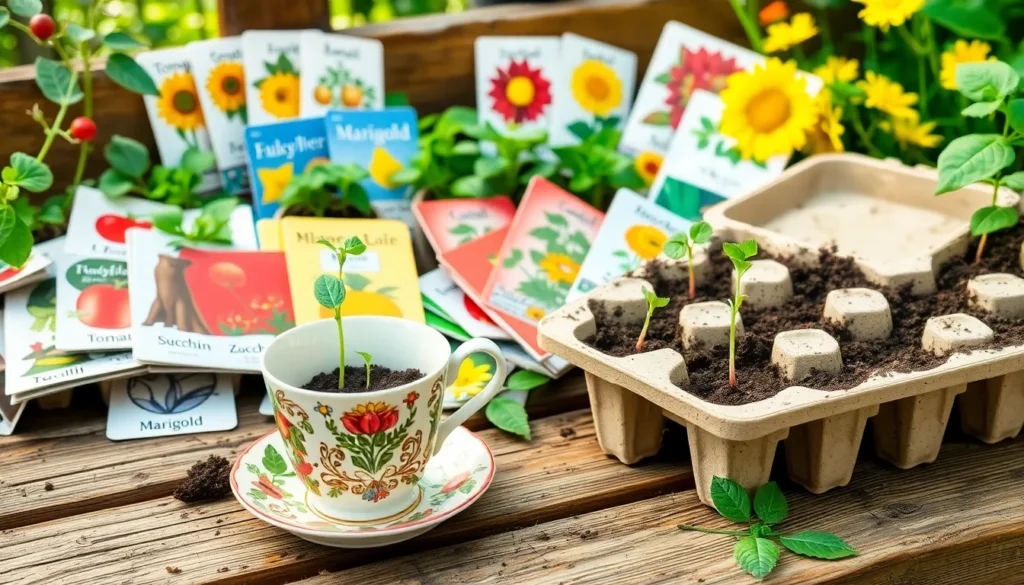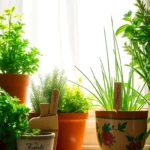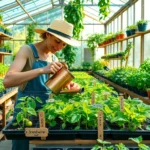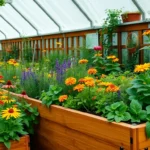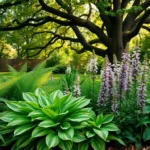Embarking on the journey of starting a garden from seeds is like opening the door to a world of endless possibilities. Whether you’re a seasoned gardener or just beginning to dip your toes into the fertile soil of horticulture, growing plants from seeds offers an enriching experience that connects you more deeply with the natural world. There’s a unique satisfaction in nurturing a plant from its infancy, watching it grow and flourish under your care. This simple act of planting a seed is a powerful reminder of the cycles of life and the potential for growth and renewal.
In this article, we’ll explore five creative techniques to kickstart your seed-growing adventure, ensuring your garden blossoms with health and vibrancy. From choosing the right seeds to understanding the nuances of soil preparation, this guide is designed to empower you with the knowledge and confidence needed to cultivate a thriving garden. You’ll discover innovative methods that cater to various gardening spaces and climates, ensuring that your green oasis reflects your unique vision and environment. Whether you’re planting a lush vegetable garden or a vibrant array of flowers, these strategies will help you cultivate a space that thrives with life.
As we delve into these methods, you’ll gain insights that make the process enjoyable and successful, regardless of your previous experience. With each tip and trick, you’ll find yourself more connected to your garden, appreciating the nuances of growth from the very beginning. So, gather your seeds and gardening gloves, and let’s venture together into the art and science of growing a garden from the ground up. There’s no better time than now to sow the seeds of your gardening dreams and watch them come to life.
Choosing the Perfect Seeds
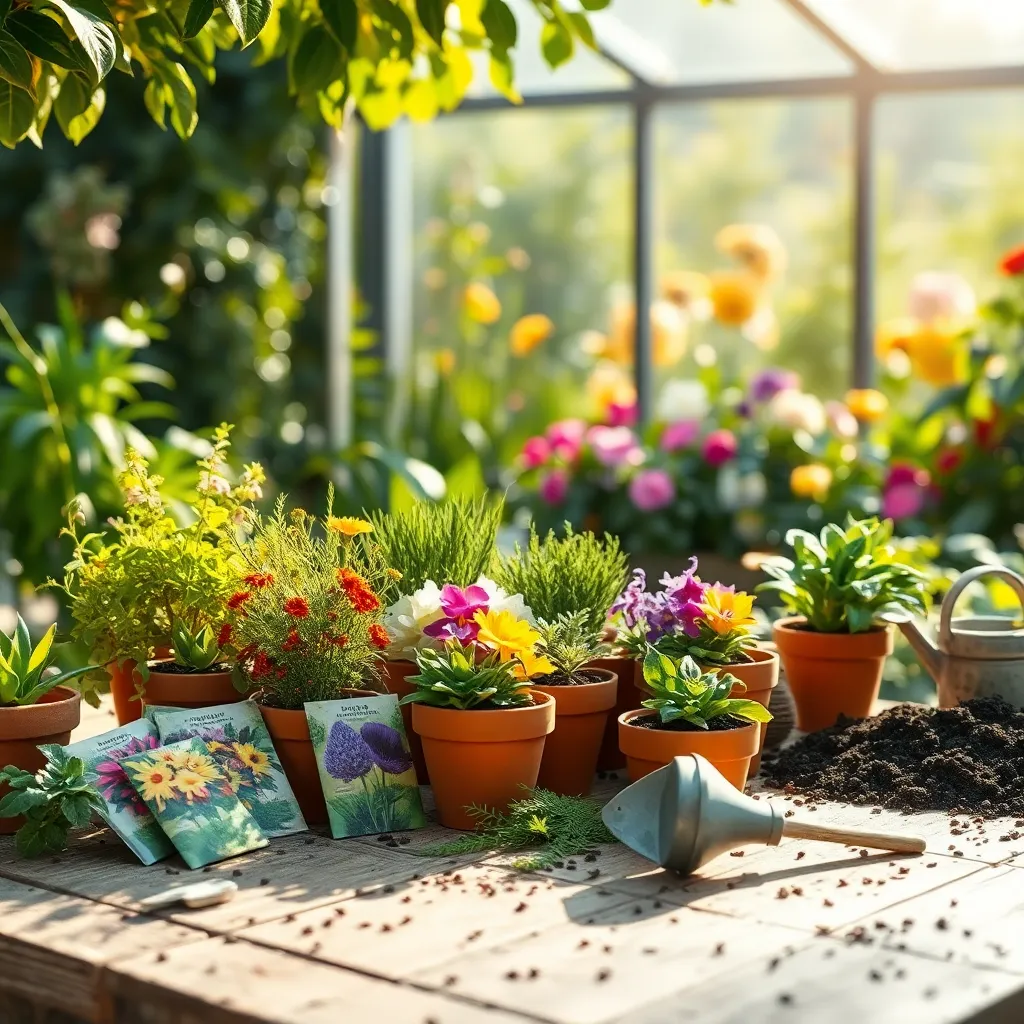
Choosing the right seeds is the foundation of a thriving garden. To start, consider your climate and growing season, as these will dictate which plants will flourish in your area.
For beginners, opt for seeds that are labeled as “easy to grow,” such as radishes, lettuce, or marigolds. These plants are not only resilient but also provide quick rewards, which can be encouraging for new gardeners.
Advanced gardeners might experiment with heirloom or rare plant varieties, which can offer unique flavors and aesthetics. These often require specific conditions like precise watering schedules or particular soil pH levels, adding an exciting challenge.
When it comes to soil, ensure it is well-draining and rich in organic matter to give your seeds the best start. Amend your soil with compost or well-rotted manure to improve its structure and nutrient content.
- Check seed packets for specific planting instructions, including spacing, depth, and sunlight requirements.
- Consider starting seeds indoors to extend your growing season, especially in colder climates.
Water your seeds regularly to keep the soil consistently moist, but be careful not to overwater, which can cause rot. Use a gentle spray or a watering can with a fine rose to avoid disturbing the soil and young seedlings.
Gathering Essential Tools and Supplies
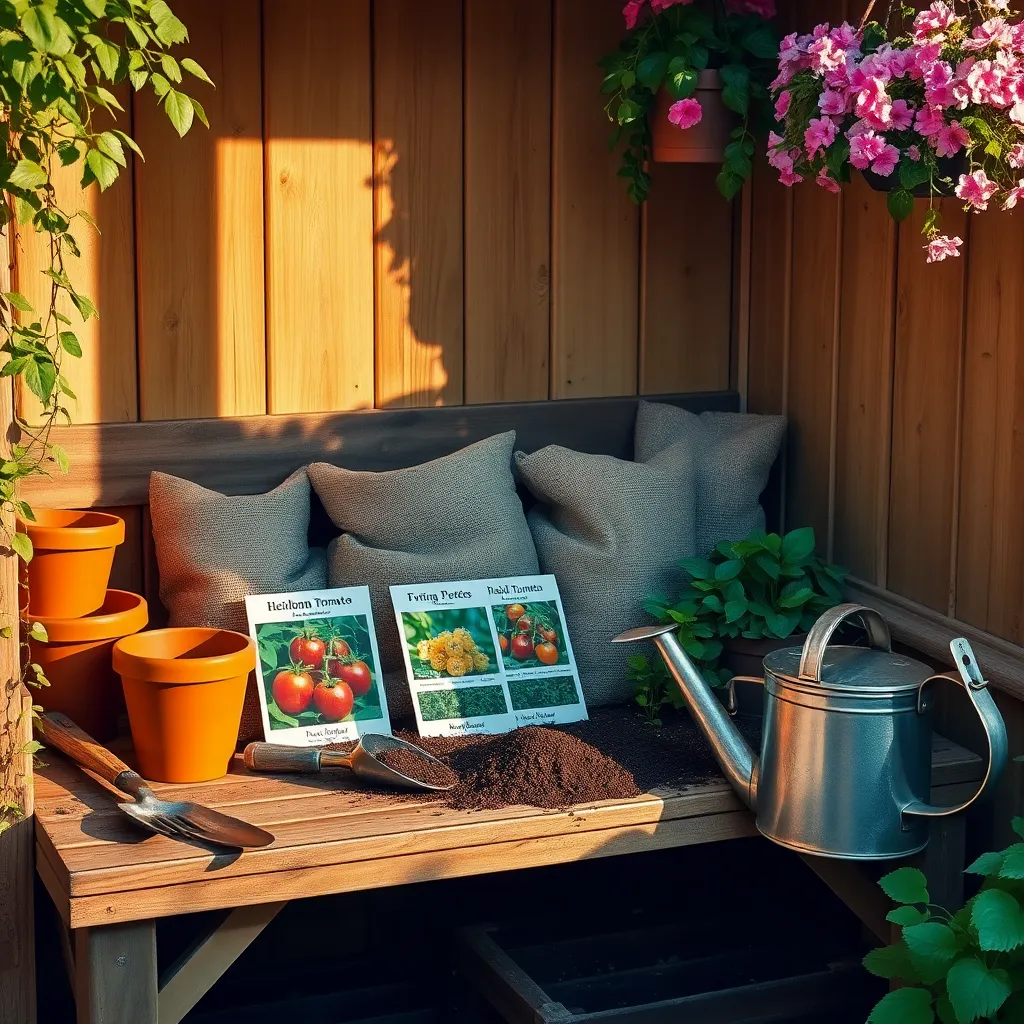
Before diving into your seed-starting adventure, gathering the right tools and supplies is crucial. You’ll need seed trays, potting mix, watering cans, and labels to begin this exciting journey with your seeds.
For the potting mix, choose a sterile, lightweight seed-starting mix to provide the best environment for germination. These mixes typically contain peat moss, vermiculite, or perlite, which help retain moisture while ensuring good drainage.
Investing in a quality watering can with a fine rose attachment can make a big difference. This ensures you water your seedlings gently, preventing soil compaction and damage to delicate roots.
Consider adding a few advanced tools to your collection if you’re ready to take your gardening to the next level. Heat mats and grow lights can be particularly beneficial for seeds that require warm temperatures and additional light to germinate effectively.
Mastering Soil Preparation Techniques
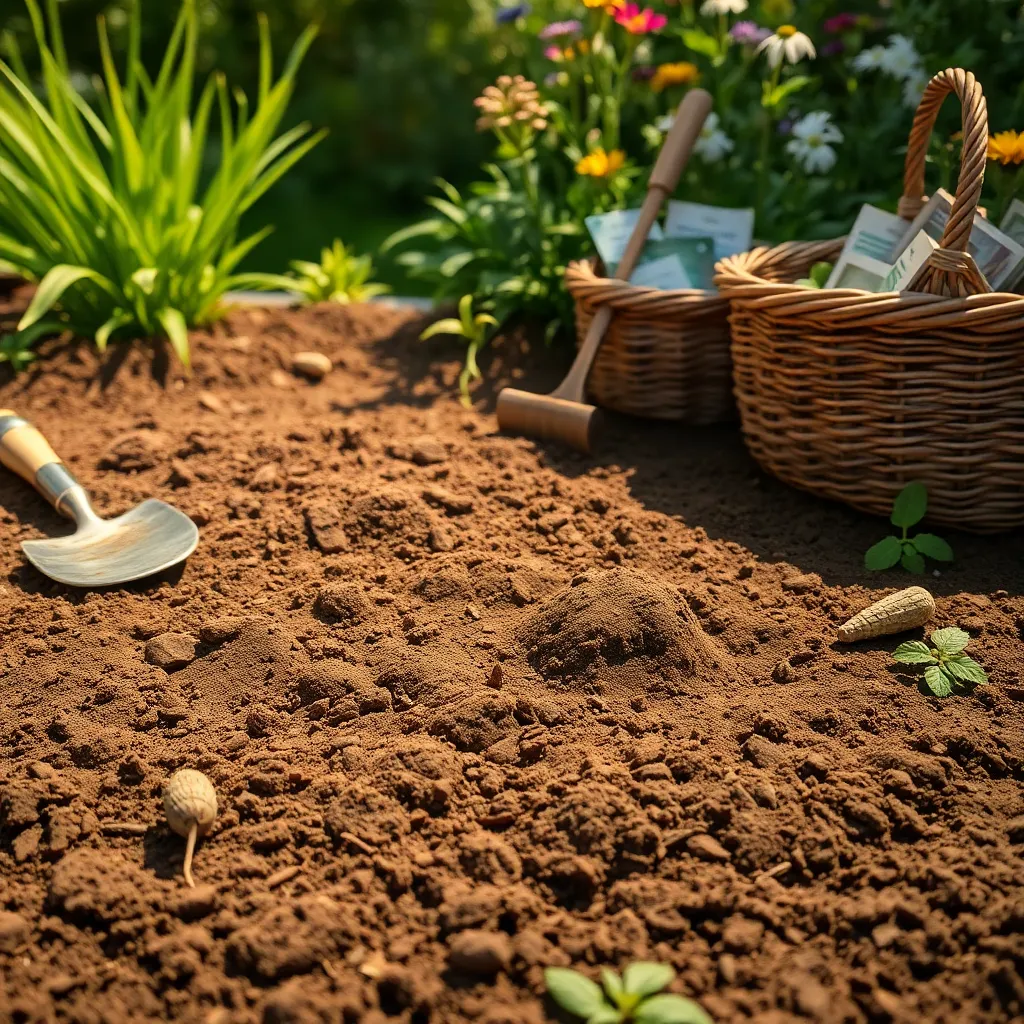
Transforming your garden soil is the foundation of a successful seed-starting adventure. Begin by assessing the quality of your current soil, looking for a loamy texture which is ideal for most seeds.
To enhance soil quality, incorporate organic matter such as compost or well-rotted manure, which improves nutrient availability and drainage. This step is crucial as it helps create a hospitable environment for seed germination and root development.
For those dealing with clay-heavy soils, consider adding sand or gypsum to improve drainage and prevent waterlogging. Regularly turning the soil with a spade or tiller can also help break up compacted areas, promoting better air flow and root penetration.
It’s important to test the soil’s pH level, aiming for a neutral range of 6.0 to 7.0 for most vegetable seeds. If adjustments are needed, use lime to raise pH or sulfur to lower it, ensuring the soil chemistry supports healthy plant growth.
Optimal Planting and Germination Tips

Once your soil is prepared, it’s time to focus on the optimal conditions for planting and germination. Selecting the right time for sowing seeds is crucial, as most seeds require specific temperatures to germinate successfully.
For most plants, aim to start seeds indoors about 6-8 weeks before the last expected frost date in your area. This timing allows seedlings to develop sufficiently before being transplanted outdoors.
Seed depth is another critical factor in germination success. As a general rule, plant seeds at a depth two to three times their diameter, ensuring they’re not buried too deep, which can hinder sprouting.
Watering plays an essential role in the germination process. Keep the soil consistently moist but not waterlogged, using a spray bottle for gentle watering to avoid displacing seeds.
To create a nurturing environment, consider covering the seed trays with a plastic dome or placing them in a warm spot like the top of a refrigerator. This helps maintain humidity and warmth, speeding up germination.
For more advanced gardeners, using a seed-starting mix can enhance germination rates. These mixes are typically lightweight and sterile, providing an ideal environment for young seedlings.
Nurturing Seedlings to Maturity

Once your seeds have germinated and tiny seedlings emerge, it’s crucial to provide them with the right environment to thrive. Ensure they receive adequate light by placing them in a sunny spot or using grow lights for 12-16 hours a day to prevent them from becoming leggy.
Maintaining proper moisture levels is essential for healthy seedling growth. Water them gently and consistently, keeping the soil moist but not waterlogged to avoid damping-off disease, a common issue that can kill young seedlings.
To promote strong, resilient plants, gradually expose your seedlings to outdoor conditions through a process called hardening off. Start by placing them outside for a few hours each day, increasing the time gradually over a week while avoiding harsh midday sun and strong winds.
Feeding your seedlings with a diluted, balanced fertilizer can support their growth during this critical phase. Use a half-strength liquid fertilizer every two weeks to provide essential nutrients without overwhelming their developing root systems.
Conclusion: Growing Success with These Plants
In “5 Creative Starting A Garden From Seeds,” we’ve explored the nurturing parallels between gardening and relationship-building. First, we discussed the importance of preparing fertile ground, much like setting a strong foundation of trust and communication. Next, we delved into the necessity of planting seeds with intention, akin to investing time and thought into each interaction. We then highlighted the value of consistent care, watering relationships with empathy and understanding. The fourth concept emphasized the beauty of patience, reminding us that relationships, like gardens, flourish over time. Lastly, we celebrated the joy of harvesting, where mutual growth and shared experiences bring bountiful rewards.
As an actionable next step, take a moment today to reach out to a loved one and plant a seed of meaningful conversation. Perhaps revisit a shared memory or plan a future endeavor together.
Remember to bookmark this article as your go-to guide for nurturing relationships, ensuring you have a handy reference to return to as you cultivate connections. As you embark on this journey, know that with conscious effort and care, your relationships can bloom beautifully, bringing joy and fulfillment for years to come. Keep tending to your garden of relationships, and watch the seeds of love and friendship grow into a magnificent, thriving tapestry.

